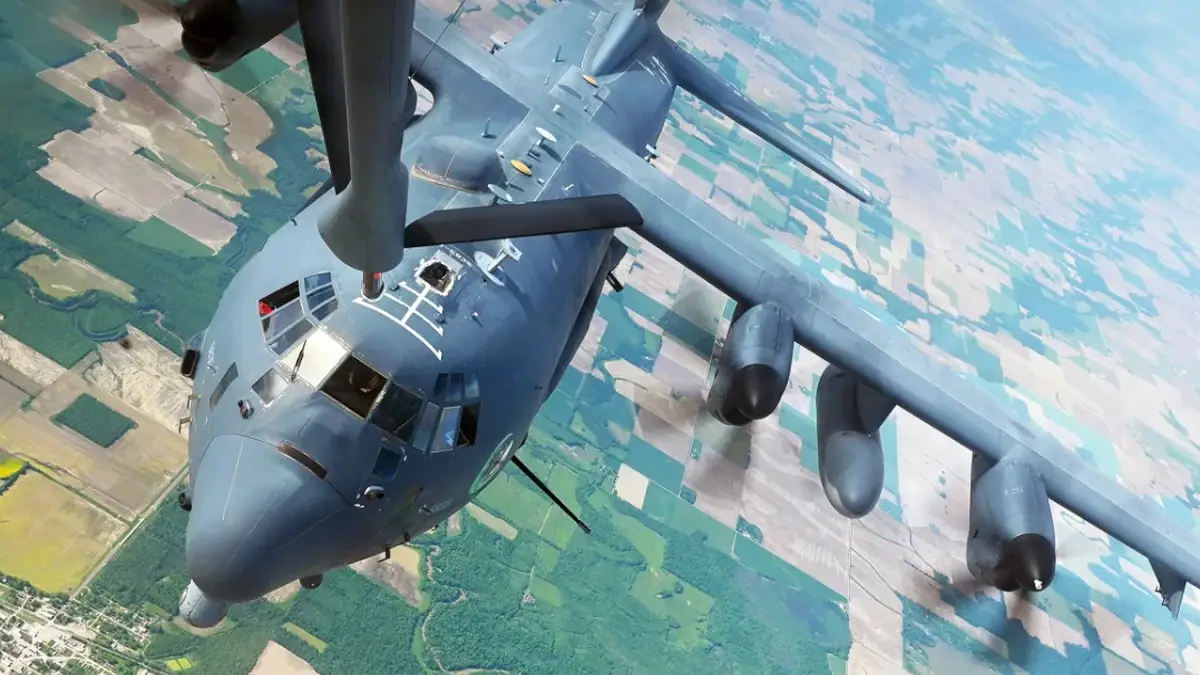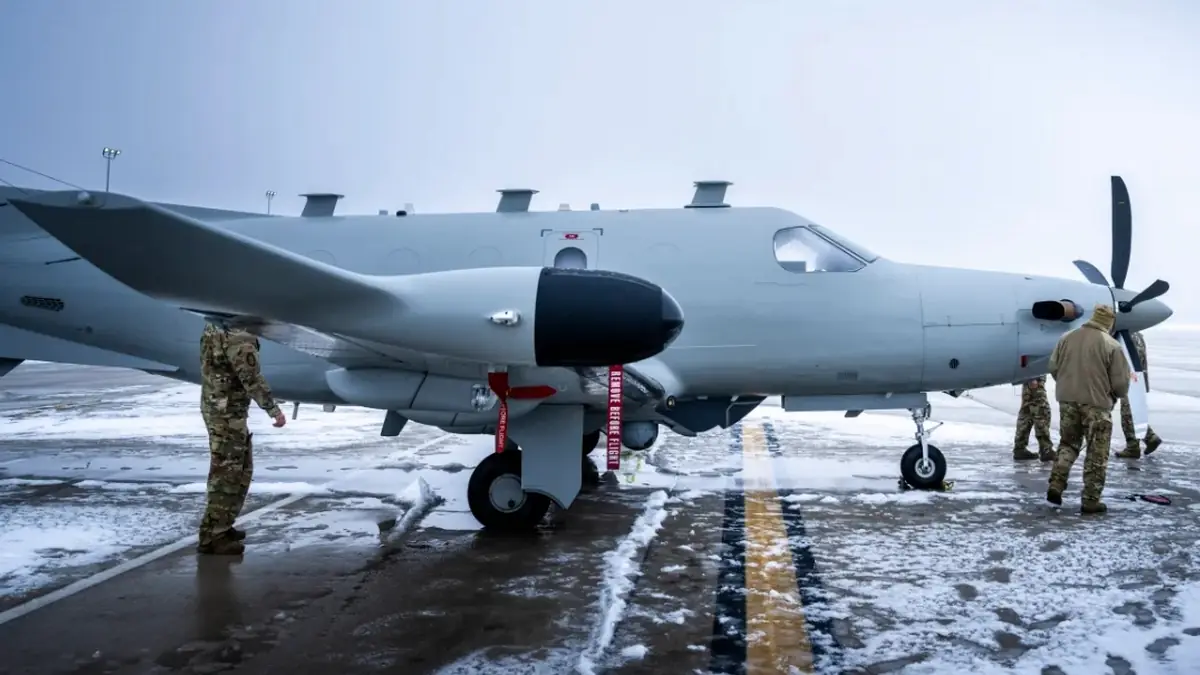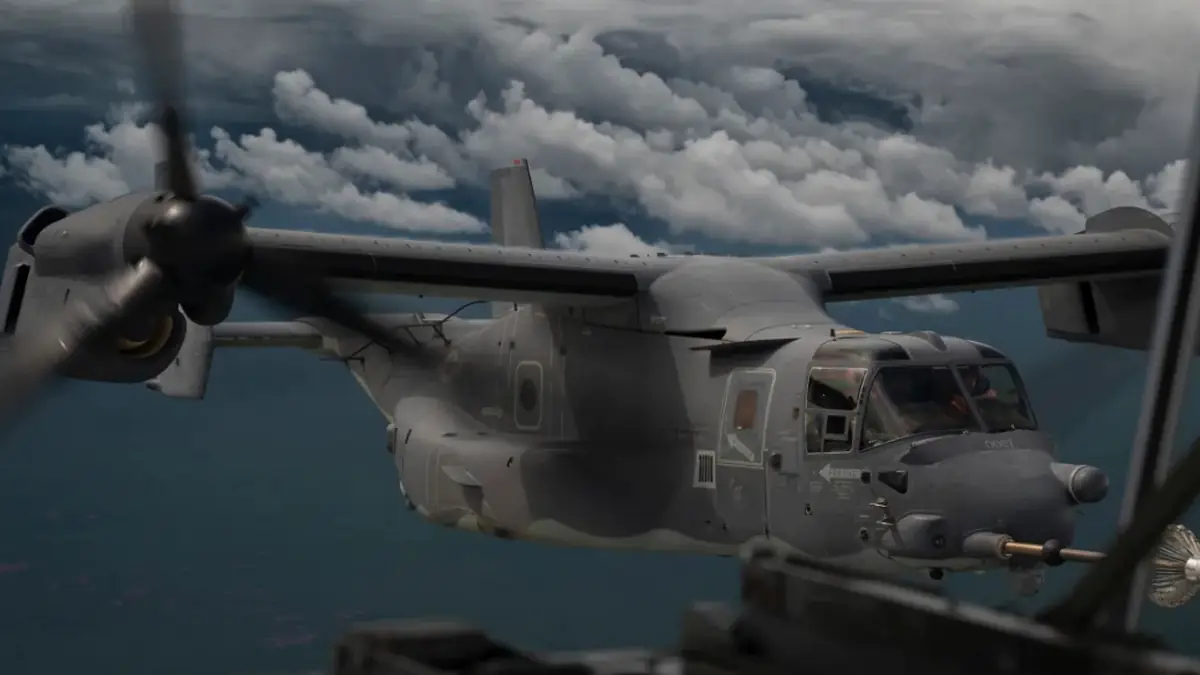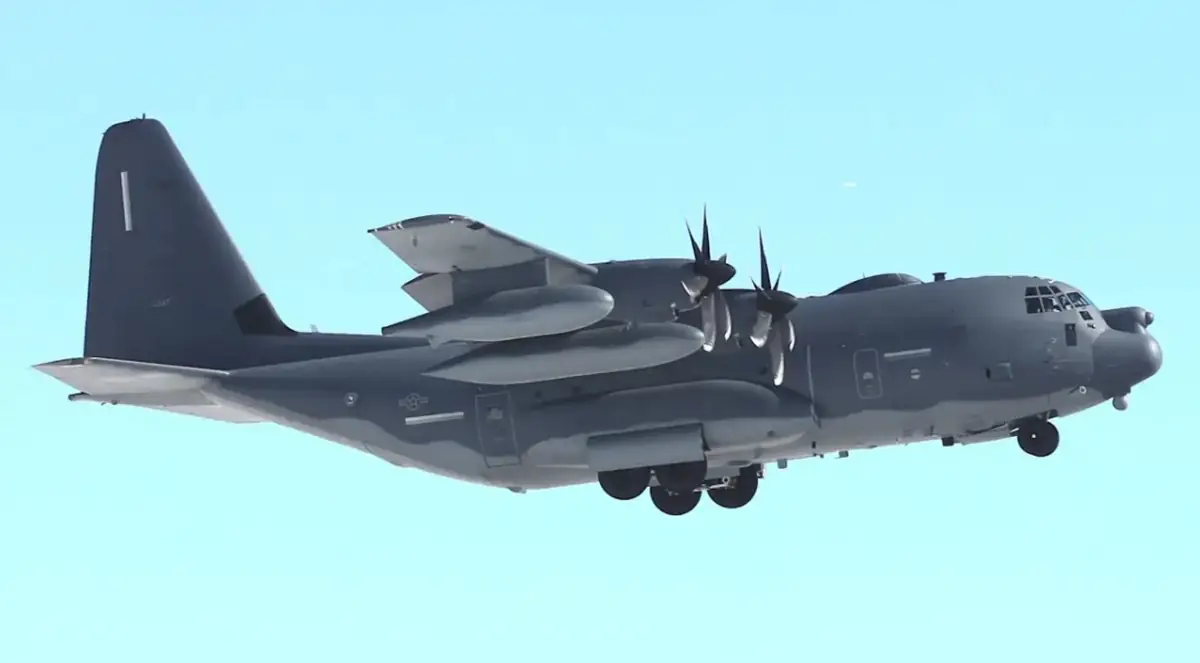As the United States anticipates the possibility of future conflict with a major power like China, the U.S. Air Force Special Operations Command (AFSOC) is looking closely at key lessons emerging from the war in Ukraine. In an interview with The War Zone, a senior U.S. Air Force official highlighted the importance of operating effectively in heavily contested electromagnetic environments and adapting rapidly to evolving tactical scenarios. These insights are prompting AFSOC to reassess its training strategies and procurement priorities.
Over the past two decades, aircraft operated by AFSOC have primarily flown in permissive electromagnetic environments, often guided by special tactics airmen over radio communications. These missions typically took place in uncontested airspace against insurgent groups with little to no electronic warfare (EW) capabilities.

In Ukraine, both sides possess such advanced electronic warfare capabilities that they frequently rely on fiber optic cables – immune to jamming – for many of their FPV drone operations. Communications are often severely degraded, and both offensive and defensive tactics are continuously evolving in a never-ending game of technological cat-and-mouse.
Many vehicles are equipped with jamming systems, and GPS signals are under constant electronic attack. Even U.S.-supplied munitions like the Ground-Launched Small Diameter Bomb (GLSDB) have reportedly seen reduced effectiveness due to electronic interference.

One of the key takeaways from Ukraine is understanding how Special Operations aviation can operate “in a heavily degraded environment in terms of jamming and electronic attack,” said the official, speaking anonymously about planning efforts. The command needs to “sharpen our cleverness, our skills, our capacities, capabilities, and competencies” to ensure success in electronic warfare – both offensively and defensively. “In a future where GPS may be denied, how do you provide alternative precision, navigation, and timing? How will you fight and survive?” The official noted that both sides in the Ukrainian conflict have offered valuable insights, but the real challenge lies in applying those lessons to conditions that are unprecedented compared to what the U.S. has seen in recent decades.
In light of these insights, the official stated that AFSOC is considering changes to its warfighting preparation strategies. “Our people are the decisive advantage – more important than the equipment,” the official asserted. “So how are we training all the way from our ground forces, our special tactics units – how are we training them? How are we equipping them to be effective in an electronic warfare environment, but also on our platforms?”

In addition to reconsidering how the command utilizes its pilots, AFSOC is also rethinking its procurement process, aiming to become much more agile than it has been in the past. “We have to be really proactive and dynamic – changing platform capabilities or simply moving from platform to platform in terms of being able to respond to the dynamic environment you’re in. You’ve probably seen it many times in your own reporting: how quickly both sides adapt their forces and tools for combat, and the need to react quickly to that. And what that means for me, in my position, is that you start thinking about how I can apply that – we talk about program records, but maybe I should be talking about capability programs,” the official suggested.
According to the officer, transitioning away from so-called “exquisite” systems – which are highly complex, expensive, and labor-intensive to produce – toward more affordable solutions is also a viable approach for certain mission sets and capability requirements.

Regarding record programs, the official noted that AFSOC’s recent acquisition of its latest combat aircraft – the AC-130J Ghostrider gunships and the MC-130J Commando II transport/tanker aircraft – is “something to celebrate and a major milestone. But that doesn’t mean we’re done with the work we want to do to keep them relevant in the kinds of scenarios you’re asking about – and certainly not based on what we’re continuing to learn.”
The need to rapidly upgrade these platforms and other systems to maintain their relevance is growing by the day. According to the official, addressing this also requires systemic changes in procurement and development processes.
Source: TWZ









